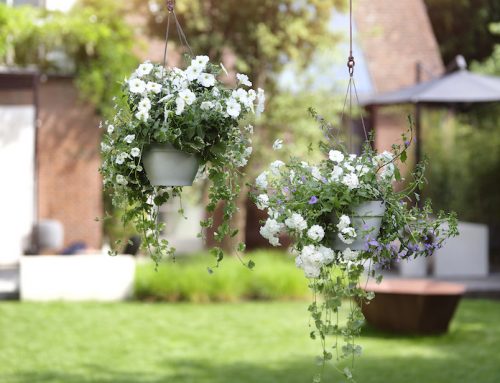Barry May, Chairman, The Richmond Society writes about the Church of St Mary Magdalene, which has seen eight centuries of prayer in the centre of Richmond.
Are churches still the beating heart of a community? People continue to flock to them for major religious festivals. Some go only at Christmas, and then not always for strictly spiritual reasons. The bells! The carols! The candle-lit tree! The mulled wine and mince pies too, perhaps…?
For most of the rest of the year, congregations have been in decline – some to the point of extinction.
Richmond’s parish church is managing to buck the trend with a dynamic vicar and a thriving congregation. An ancient church with a modern outlook.
You may not be a regular worshipper at the Church of St Mary Magdalene in the centre of the town, yet walking by you cannot have failed to notice that extensive refurbishment has been taking place inside this historic landmark.
A place of prayer has stood on the site since at least 1220, in the reign of Henry III, eldest son of King John. It was an era of religious expansion, in the same year, the foundation stone of Salisbury Cathedral was laid and the rebuilding of York Minster in Gothic style began.
Records of Merton Abbey confirm that a chapel of ease existed in the Manor of Shene in the days of William the Conqueror’s son Henry I (1100-1135). Shene became Richmond in 1501 after the Earl of Richmond in Yorkshire took the throne as Henry VII (1485-1509), founder of the Tudor dynasty, upon his defeat in battle of England’s last Plantagenet king, Richard III (1483-1485).
The Rector of Richmond is the Reverend Wilma Roest, a former primary school teacher who came here from Vauxhall, which she found “pretty rough”, and Balham – “a wonderfully mixed, diverse place to live and work”.
She recently told members of The Richmond Society, “Three years ago this church took an incredibly brave decision: they appointed their first woman vicar, and not only that, a foreigner.”
Wilma is Dutch. She came to England in 1988 as an au pair after studying Musicology at the University of Utrecht – a great benefit for Richmond where she ensures that music plays an important part in the life of the church. Two years ago, she set up a Choral Foundation with the aim of enriching worship through music, growing the choir and its repertoire, and developing the musical skills of individuals through scholarships.
This July, sees the start of 12 months of commemorations of the 800th anniversary of Richmond’s oldest place of worship.
The original church built on the site – it is not certain exactly where – was entirely reconstructed during the reign of Henry VII, builder of the royal palace on the banks of the Thames just a few hundred yards from the church. The only part of the church that remains from that time is the tower, and that was re-faced in flint in 1904. The rest of the building has evolved over the centuries as the needs of the people of Richmond have changed.
Among the renovations are new windows, a new floor of Purbeck stone with underfloor heating, new pews and chairs, a kitchen area and lavatories. Still to be done are candle-effect holders in the brass chandeliers, a new sound system and new vestry facilities. The church is listed Grade II* – a particularly important building of more than special interest – and the work has been done to a very high standard with quality materials.
Throughout, the church has remained open; “The mess, the dust, the inconvenience… I now know more about dust than I ever want to know!” Wilma said.
The cost? About £1.8 million, funded substantially by Richmond Church Charity Estates, which traces its origins to 1375, plus donations from parishioners.




